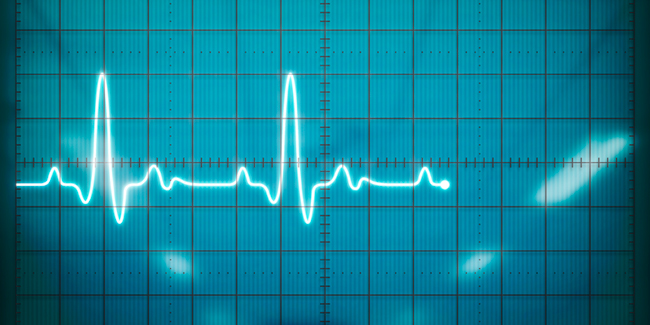
Systolic heart failure is a kind of heart failure in which heart's lower chambers (ventricles) become weak to contract and pump out enough blood to meet the body's needs. This results in shortness of breath and other heart failure symptoms. Elderly women or those with a history of high blood pressure, CAD, heart attack or diabetes are at the greater risk for systolic heart failure.

Causes
Systolic heart failure is often a result of any condition that impairs the heart muscle's ability to pump blood. The most prevalent causes of systolic heart failure include coronary artery disease (CAD), high blood pressure and diabetes.
Coronary artery disease (CAD): The condition limits the blood flow through narrowed blood vessels to damage heart muscle, making it difficult for the heart to contract and pump out blood.
High blood pressure: The condition makes heart work hard to pump out blood against the increased pressure in the arteries. Gradually, the efficiency of heart muscle to contract and pump blood diminishes.
Diabetes: Diabetes can cause heart failure by damaging the heart muscle and catalysing the development of CAD and high blood pressure. As per www.hearthealthywomen.org, diabetic women are four times more likely than men with diabetes to have systolic heart failure.
There could also be more than one cause of systolic heart failure, as most have multiple factors that work together to cause a gradual decline in the heart's pumping ability.
Symptoms
There is not much difference between systolic and diastolic heart failure, as most of the symptoms appear to be same. The difference between these two forms is that a patient with systolic heart failure pumps a less-than-normal amount of blood out of the heart with each heartbeat. The symptoms of systolic heart failure include swollen ankles, elevated pressure in the jugular veins on each side of the neck and shortness of breath.

Diagnosis
Ejection fraction is the way to diagnose systolic heart failure, usually done using Doppler echocardiography. This can also be measured with a nuclear ventriculogram or cardiac MRI.
Treatment
The treatment of systolic heart failure aims to relive symptoms, slow down the progression and improve the quality of life. A combination of three types of drugs – a diuretic, an angiotensin-converting enzyme (ACE) inhibitor or angiotensin receptor blocker (ARB) and a beta-blocker is prescribed to treat the condition.
A diuretic helps fluid retention in the lungs and limbs while an ACE inhibitor reduces blood pressure and improves symptoms. A beta-blocker decelerates the heart rate and lowers your blood pressure, to put brakes on the progression of heart failure.
The heart function is stabilised and restored in many cases with combination of drugs. However, some patients may need surgery to improve damage to the heart and control irregular heart rhythms.
Read more articles on Heart Failure.
Read Next
How is Heart Attack Treated?
How we keep this article up to date:
We work with experts and keep a close eye on the latest in health and wellness. Whenever there is a new research or helpful information, we update our articles with accurate and useful advice.
Current Version
